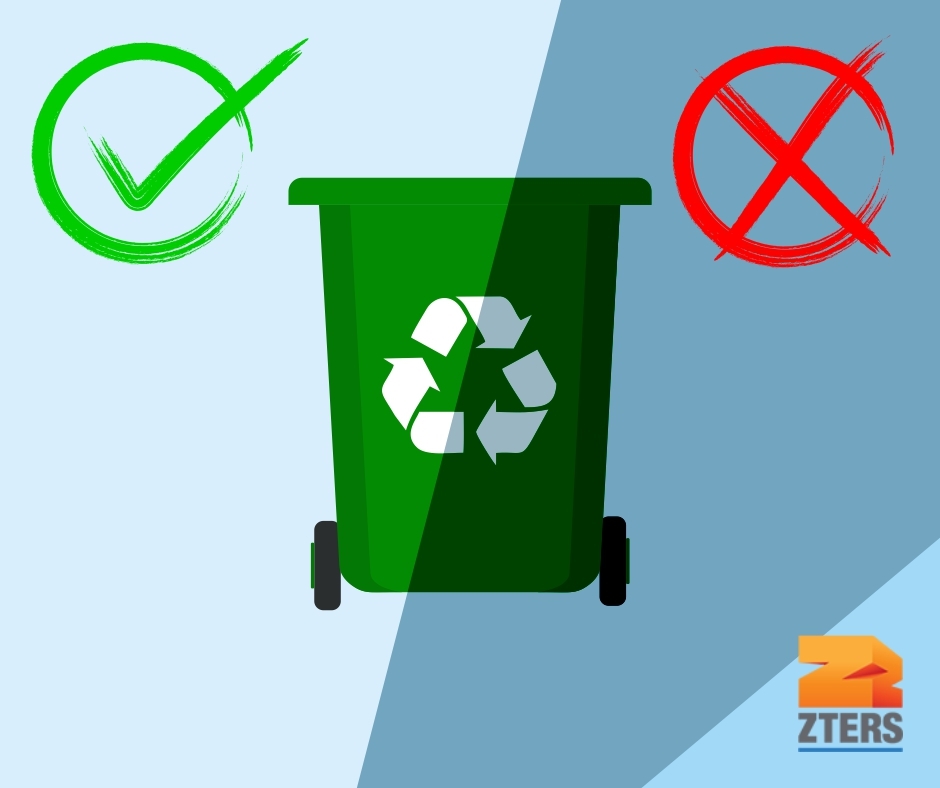By now, we’re all familiar with the fact that recycling is a simple yet powerful way to contribute to a more sustainable future. Recycling plays a crucial role in conserving resources and minimizing environmental impact by diverting waste from landfills and reducing the demand for new raw materials.
With that being said, there are right and wrong ways to recycle, and ineffective recycling defeats the purpose. It may seem like there are too many factors to consider. However, a little research can make a major difference. Pretty soon, proper recycling will feel like second nature.
In this guide, we’ll explore how to recycle properly, along with some common recycling mistakes to avoid.
1. Know Your Local Recycling Guidelines
Recycling practices can vary significantly from one location to another. Municipalities and recycling facilities often have specific guidelines on what can be recycled and how to recycle properly. That info should be easily accessible on their official website. It’s essential to familiarize yourself with these guidelines to ensure that your efforts align with the local recycling program.
2. Clean Before Tossing
One of the most common mistakes in recycling is not properly cleaning items before tossing them into the recycling bin. Containers with food residue, liquids, or other contaminants can contaminate the recycling stream, making it more challenging and costly to process. A quick rinse or wipe-down can go a long way in preventing this issue.
3. Stick to the Basics
While it’s tempting to recycle anything and everything, not all materials are suitable for recycling. Focus on recycling the “big four” categories: paper, cardboard, plastic, and metal. These materials are widely accepted by most recycling programs. Always check your local guidelines to determine which specific items can be recycled.
4. Watch Out for Wishful Recycling
Wishful recycling (or wish-cycling) is the act of placing items in the recycling bin with the hope that they’ll be recycled, even if they aren’t accepted materials. This can lead to contamination and difficulties at recycling facilities. If you’re unsure whether an item can be recycled, it’s better to do a quick online search or contact your local recycling program for guidance.
5. Say No to Plastic Bags
Plastic bags and film can wreak havoc on recycling machinery. Most curbside recycling programs do not accept plastic bags, as they can get tangled in the equipment. Instead, take your plastic bags to designated drop-off locations at grocery stores or retailers that participate in plastic bag recycling programs near you.
6. Beware of Complex Packaging
Items with multiple materials, such as chip bags or juice boxes lined with foil, are difficult to recycle. These types of packaging often require specialized recycling processes that may not be available in your area. Whenever possible, opt for products with simpler, easily recyclable packaging.
7. Educate Yourself and Others on How to Recycle
Spread the word about proper recycling practices and help dispel common recycling myths. The more people know about recycling, the better our collective impact will be. Encourage friends, family, and coworkers to recycle properly and to avoid common mistakes.
Check out ZTERS printable recycling sign generator to help people better understand what goes where.
8. Reduce and Reuse Whenever Possible
Remember that recycling is just one piece of the sustainability puzzle. By minimizing the amount of waste you generate in the first place, you’ll have a more significant positive impact on the environment. Avoiding single-use plastic, using reusable totes/thermoses, and making the switch to other sustainable alternatives are a few steps in the right direction.
Know How to Recycle and Be an Eco-Campion!
A couple extra minutes spent researching how to recycle items and understanding best practices can have a significant impact. By following local guidelines, staying informed, and avoiding common mistakes, you can contribute to a more sustainable future for our planet.
Join ZTERS in committing to more sustainable practices!

